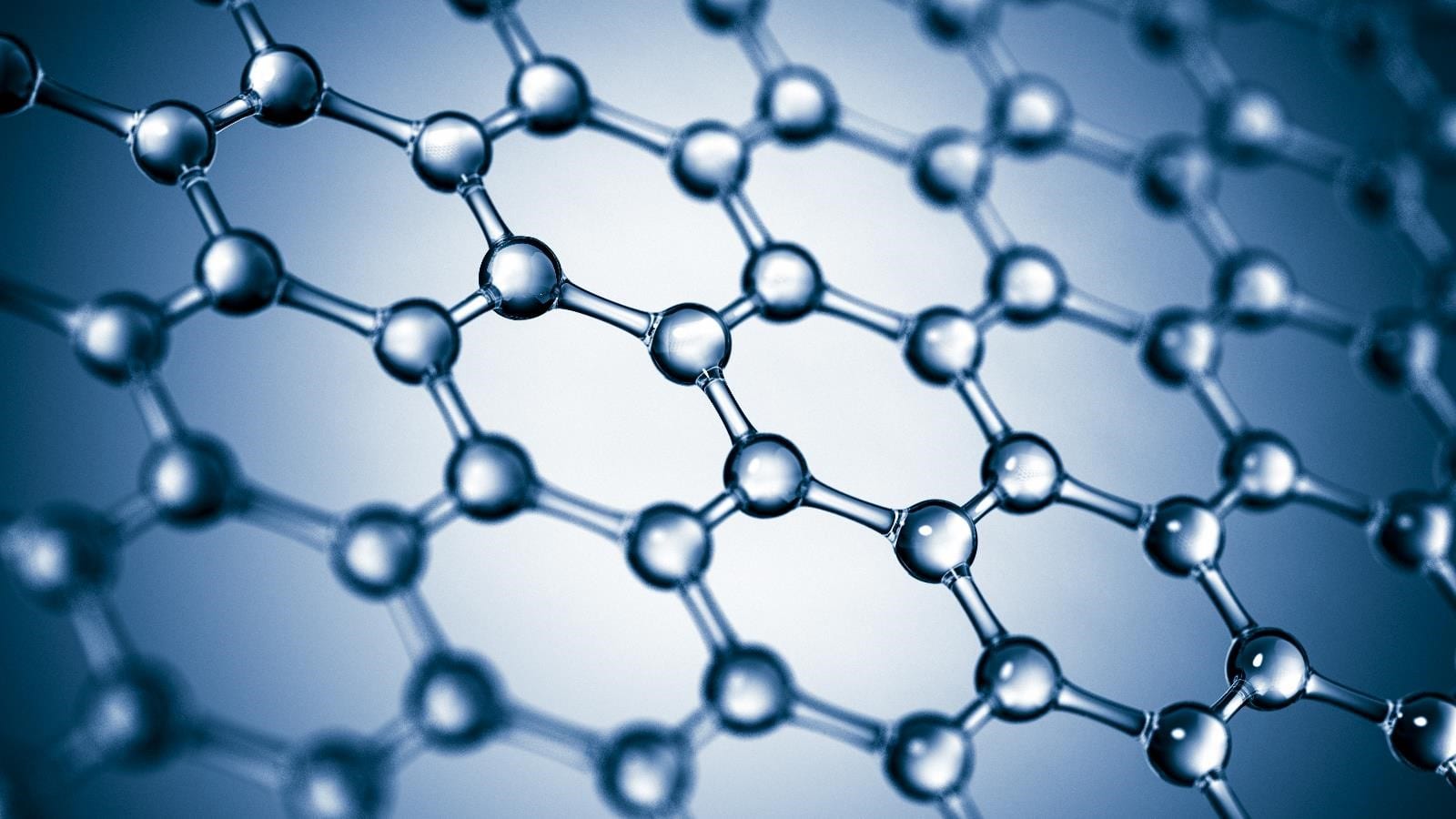Introduction: Unveiling the Next Generation of Energy Storage
In the realm of energy storage, the graphene supercapacitor battery stands as a beacon of innovation, promising to revolutionize the landscape of electric power. With its unique properties and remarkable capabilities, this cutting-edge technology holds the potential to address the limitations of traditional batteries, offering faster charging times, increased energy density, and enhanced durability. As the demand for efficient and sustainable energy solutions continues to soar, the emergence of graphene supercapacitor batteries heralds a new era of advancement in energy storage technology.
Understanding Graphene: The Building Block of Future Energy Storage
At the heart of graphene supercapacitor batteries lies graphene, a two-dimensional carbon allotrope with extraordinary properties. Renowned for its strength, conductivity, and flexibility, graphene serves as the cornerstone of this revolutionary energy storage technology. Unlike conventional batteries, which rely on chemical reactions for energy storage, graphene supercapacitor batteries store energy through the physical adsorption of ions on the surface of graphene sheets. This mechanism enables rapid charging and discharging cycles, making graphene supercapacitors ideal for applications requiring high-power output and efficiency.
Advantages Over Conventional Batteries: Redefining Energy Storage Performance
Graphene supercapacitor batteries offer a myriad of advantages over their conventional counterparts, making them a compelling choice for various industries and applications. One key advantage is their superior charging speed, allowing for rapid replenishment of energy reserves in a fraction of the time required by traditional batteries. Moreover, graphene supercapacitors boast a longer lifespan, enduring hundreds of thousands of charge-discharge cycles without significant degradation, thus reducing the need for frequent replacements and minimizing environmental impact. Additionally, their high energy density and power density render them suitable for diverse applications, ranging from consumer electronics to electric vehicles and grid-scale energy storage systems.
Future Implications and Challenges: Paving the Way for Sustainable Energy Solutions
The widespread adoption of graphene supercapacitor batteries holds immense promise for advancing the transition towards sustainable energy solutions. By facilitating the integration of renewable energy sources, such as solar and wind power, into the electrical grid, these high-performance batteries can mitigate the intermittency and variability inherent in renewable energy generation, thereby promoting grid stability and resilience. Furthermore, the lightweight and flexible nature of graphene supercapacitors opens up possibilities for novel applications in wearable technology, medical devices, and beyond. However, despite their remarkable potential, challenges such as scalability, cost-effectiveness, and mass production remain hurdles to overcome for widespread commercialization.
Conclusion: A Paradigm Shift in Energy Storage Technology
In conclusion, graphene supercapacitor batteries represent a paradigm shift in energy storage technology, offering unparalleled performance and versatility compared to conventional batteries. With their rapid charging capabilities, extended lifespan, and high energy density, graphene supercapacitors are poised to redefine the way we harness and utilize electric power. As research and development efforts continue to propel this groundbreaking technology forward, the day when graphene supercapacitor batteries become ubiquitous in our daily lives draws ever closer, promising a future where energy storage is efficient, sustainable, and limitless.




Leave a Reply